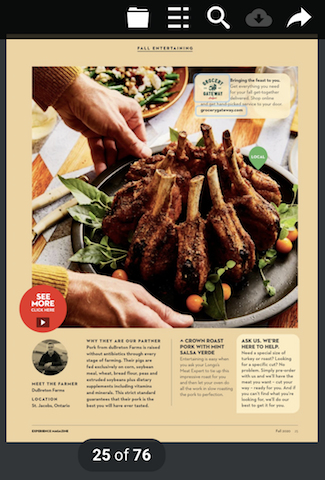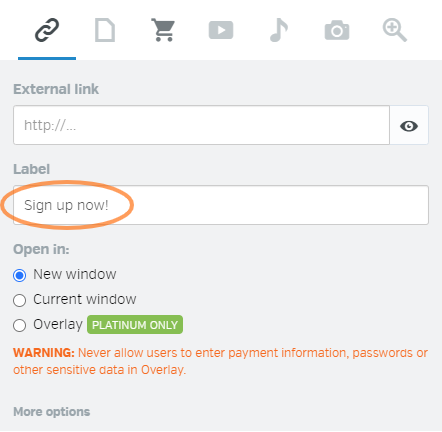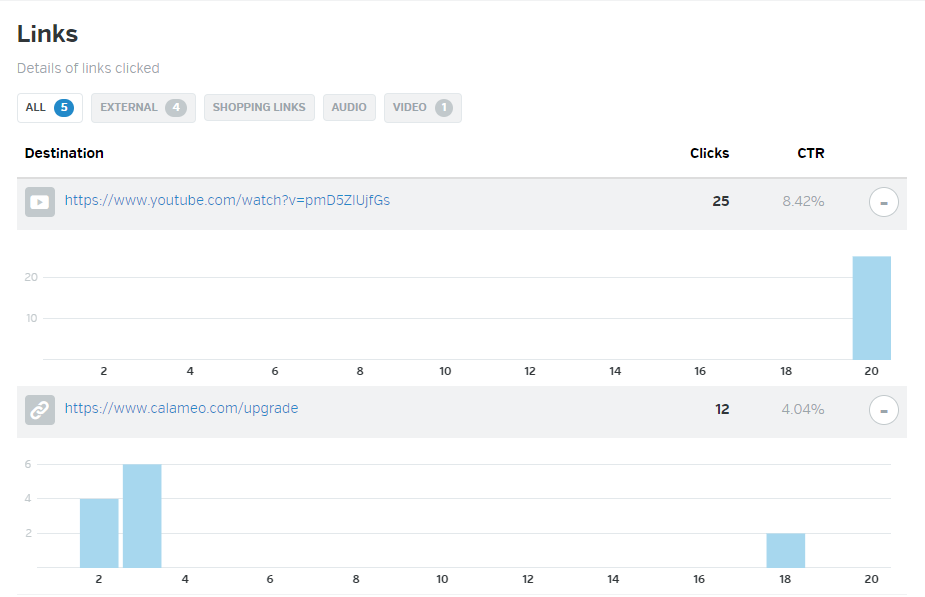What better way to start the year than by setting resolutions? For 2023, you’ll be required to include updating your content marketing strategy, and you’ll need to put in the work to make sure it’s flawless and eclipses those of your competitors.
Videos, articles, photos and online magazines will need to be more impactful than ever! And to support you in your resolution, today we’re sharing the top content trends for 2023.
1. Short videos
The video format has a promising future. Notably, because it can easily adapt to changing fashions and shape itself according to needs. In 2023, it is the short videos that will be honored. Made popular in turn by Vine in 2013, then by Tik Tok in 2020, the format of short videos continues to conquer social networking platforms in recent years, such as Instagram and its “Reels”.
YouTube has also introduced a new specific format of short videos on its platform, named “Shorts”. In 2021, more than 1.5 billion monthly users watched Shorts. It’s not a surprise that YouTube has decided to monetize Shorts. Indeed, these are very engaging contents with a strong viral potential, they can reach thousands or even millions of views much more easily than traditional length videos thanks to their faster pace and more engaging vertical format, which keeps the audience’s attention from the beginning to the end.
So short videos are a must-have format this year to add to your content marketing strategy.
2. Podcasts
The podcast has become a must-have format for content creators and brands alike. Not only is it an easy format for the public to consume, to listen to on the go, or while cooking, for example. But it also allows you to position yourself as an expert in your field and attract new prospects.
In France, 1 out of 2 people have already listened to a podcast, which shows how important the format has become in recent years. It is therefore essential for you to create your own podcast in 2023.
Choose your formula according to your resources: with or without guest, on which platforms to host it, etc. Then go for it!
3. Behind-the-scenes photos
In 2023, on social media, the people expects to see more authenticity. Gone are the filters and retouching, the trend is towards “reality”. To reach the new generation of young adults, generation Z, you must now necessarily play the natural card. The trend has even allowed the birth and growth of the new social network BeReal, which offers to share photos to its network instantly, without being able to retouch them.
For companies, a good idea to meet this new expectation will be to offer more ” behind-the-scenes ” content, which reveals what goes on behind your brand and presents the faces that make it work day by day. This will make your customers feel closer to you and improve your brand image, in just a few posts.
So, don’t hesitate to share your company’s daily life on social networks in 2023.
4. Content that show your values
If the year 2020 was marked by the COVID virus, it was also marked by major social movements like Black Lives Matter. During the summer of 2020, we saw many brands and public figures get involved by sharing statistics or information with their audiences in support of the movement.
Thus, brands are now expected to get involved in social movements: gender equality, racism, environment, social inequalities, etc. In France in 2022, 89% of people expect brands to do something for the common good.
This demand for brand involvement can also be explained by the trend described in the previous point: an expectation of more naturalness, and more transparency from brands, but also, ultimately, of more humanity.
If generation Z is the most sensitive to environmental issues, it demands a real commitment from brands. Thus, it will no longer be possible to display a false commitment and to do Greenwashing because it will necessarily lead to bad buzz, or even boycott by an entire generation.
In 2023, creating socially-engaged content that reflects your brand’s true actions and beliefs is essential to attract new consumers to your products.
5. Sustainable content
It has always been advisable to create high-value content, however, in 2023, the bulk of your content will have to provide interesting, timeless and highly useful information to your audience to be considered green and sustainable.
Indeed, it is in response to environmental concerns that this trend was born. We will therefore prefer quality to quantity. Your contents must be original and offer original and imperishable information to be qualified as sustainable.
If the lifespan of content is often very low on social networks, you will have to think about the use you make of your various channels. To increase the lifespan of your content, it is advisable to use sites such as Pinterest, YouTube or digital publishing platforms such as Calaméo. Offer formats like videos, infographics or online magazines to ensure you offer quality content that lasts over time.
Authenticity will be the keyword for your content in 2023. Less perfect publications, less retouched, but more real and more useful. Show the true face of your brand (and your employees) by supporting the causes you care about and create a podcast on the subject, or film short videos of your actions. In conclusion, rework your content marketing strategy to reflect the expectations of new consumers and to remain effective in 2023.





